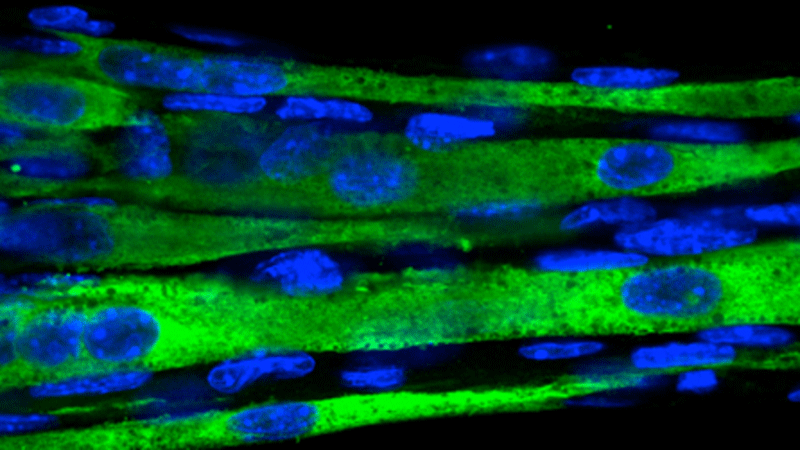
Organoids and organ-on-chip platforms have emerged as invaluable model systems to study organogenesis and disease progression. These miniature organs derived from stem cells are crafted to recapitulate organ-specific functions and architectures. These model systems can be customized to ask specific questions such as organ development or pathogenesis and can also be used to gain new insights on their interactactions with drugs and thereby advance personalized/precision medicine. We have developed a number of organ-on-chip platforms. Our current interest in this area includes development of mini-organs from primary cells and stem cells to study: (i) mechanical nociception; (ii) cancer metastasis; (iii) fibrogenesis; (iv) mechanical injury of joints; and (v) neuroinflammation and neuro-degeneration.
A Aung, V Kumar, J Theprungsirikul, SK Davey, and S Varghese. "An Engineered Tumor-on-a-Chip Device with Breast Cancer-Immune Cell Interactions for Assessing T-cell Recruitment." Cancer Res 80, no. 2 (2020): 263-275.
G Agrawal, A Aung, and S Varghese. "Skeletal muscle-on-a-chip: an in vitro model to evaluate tissue formation and injury." Lab Chip 17, no. 20 (2017): 3447-3461.
A Aung, IS Bhullar, J Theprungsirikul, SK Davey, HL Lim, Y-J Chiu, X Ma, S Dewan, Y-H Lo, A McCulloch et al. "3D cardiac μtissues within a microfluidic device with real-time contractile stress readout." Lab Chip 16, no. 1 (2016): 153-162.
A Aung, YN Seo, S Lu, Y Wang, C Jamora, JC del Álamo, and S Varghese. "3D traction stresses activate protease-dependent invasion of cancer cells." Biophysical Journal 107, no. 11 (2014): 2528-2537.
M Nakasaki, Y Hwang, Y Xie, S Kataria, R Gund, EY Hajam, R Samuel, R George, D Danda, P M. J et al. "The matrix protein Fibulin-5 is at the interface of tissue stiffness and inflammation in fibrosis." Nature Communications 6 (2015).